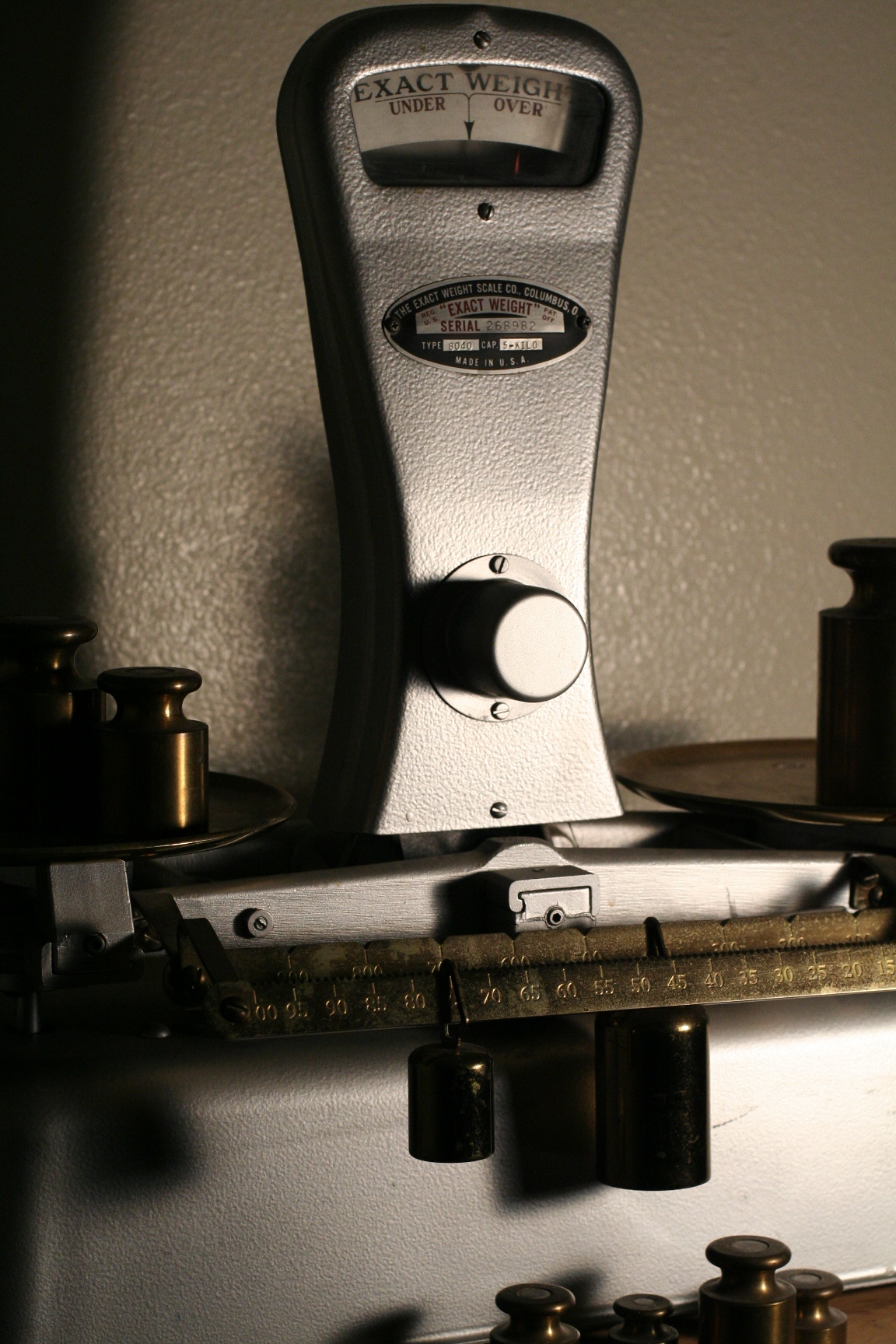It has been about 672 weeks since I last played music publicly, excepting my participation in the handbell choir at church. It has been more like 957 weeks since I last played my trumpet, which I hung up after the 1994 marching band season in high school. That was when I switched to baritone horn for concert band.
So I got the crazy notion about a month ago that maybe I could play something for Easter. Easter is coming up very shortly, and I have a perfectly good trumpet that has been stowed away for years. What better feast day is there to bring out the old axe?
I heard a saying back in college, something to the effect that if you skip practice for a day, you will know it in rehearsal. And if you skip practice for two days, the people who sit next to you in rehearsal will know it. But if you skip three days of practice, everyone will know it. So at this point, I am wondering, what if you have skipped practice for 6699 days?
The challenge isn’t unfamiliar. It is similar to every summer after baling season, when I would go back to the university, and Doc would put the very best construction on the situation, saying, “You aren’t playing very well. Haven’t you practiced this summer?”
I would reply, “Well no, I was busy earning tuition.” Summer work farming with my family had usually run right up to a couple weeks before school began again, and by the time the machinery was cleaned and everything was put away, it was time to spend my summer paycheck. Doc even told me I should have taken the instrument over the summer and played it a little when I could out in the field. I wonder how it would have gone if the “big boss”, the man we did contract work for, had come out to the field and found me tootin’ my horn.
Thus began the uphill climb to being a somewhat halfway respectable euphonium player again. There were distinct stages in this annual comeback. First was the stage of being completely bad – bad sounding, bad intonation, bad tonguing, slow fingering, embarassingly poor range, and endurance of about ten seconds. . . eventually stage two kicked in. At stage two, things began to work good, the range improved, the fingers were pushing the correct valves at the right time, and it was possible to play longer.
But then stage three happened. Stage three is where there is a plateau, or more likely a step backward. It is like the lips toughen up and don’t want to vibrate, the range decreases, maybe even to less than what was possible in stage one, and nothing is predictable. Eventually it got better from there, but I won’t bother enumerating further stages, because right now, I am in stage three.
The hymn is “Christ the Lord is Risen Today”, and all I want to do is make a single pass on the fourth verse playing the melody. That’s 40 seconds of playing, mostly between the G’s in the transposed B-flat treble clef. In order to account for what may be a massive tax of nerves, I have to be able to do double that in practice. 40 seconds is really pushing it. Any individual phrase is no problem, but all strung together, it is quite a challenge.
I’m pulling out all the tricks. I’m using my very best in technique and proper breathing. I am even using my Cheater mouthpiece. The way mouthpieces generally work is that smaller means you can play higher. My standard mouthpiece is a 1 1/2C (the numbers are backwards so that smaller numbers mean a bigger mouthpiece), but that is the large mouthpiece I used back in high school. The Cheater is a 10 1/2C, a small mouthpiece that came with my first trumpet in grade school, a King 600. I plan to use the Cheater on Easter. But just in case, I also have the Super Cheater, an unmarked small mouthpiece with a tiny cup that came with an antique cornet I bought back in my college days. It would be embarrassing to resort to the Super Cheater, but it might be necessary. My trumpet is a semi-custom model with a specific combination of bell and leadpipe. While the pairing makes a wonderfully rich tone that is often commented on, the combo is commonly known as a “chop killer” and isn’t helping me out at the moment.
I stop by the church on my way home to practice for a few minutes most evenings. A few minutes is all it takes. By the time I leave, the muscles in my face are smarting, having been pushed to the limit and a little beyond. The ones at the corner of the mouth are first to go, letting me know I won’t be able to get up to that G. A few more passes, and I’m no longer able to get to the top of the staff without going flat. A couple more minutes, and I pack it up and head for home.
Maybe Lent was too late to start. Maybe I should have started working on my chops back in Advent. Well . . . eleven practice days left.
Soli Deo Gloria


